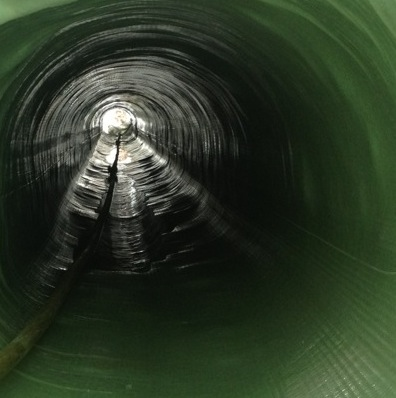UV lining technology used to cure rural road flood problem

Lanes Group has rehabilitated surface water drainage along a rural road using ultraviolet lining technology – curing major flooding problems.
The work demonstrated the benefits of ultraviolet (UV) relining, which can be more easily deployed in areas where access is difficult.
Lancashire Council commissioned Lanes Group to reline the surface water drain along the tree-lined road in Clayton-le-Woods, south of Preston.
The route links local communities and is used by thousands of parents dropping off children at a nearby school.
The clay pipe, 220m long and 225mm in diameter, had been penetrated in many places by tree roots, trapping silt and debris.
This resulted in prolonged localised flooding during and after periods of heavy rain.
Derek Campbell, Lancashire and Cumbria Area Development Manager for Lanes Group, said UV relining was clearly the best option.
He added: “There are trees close to the road, so it wasn’t possible to use the standards trenchless cure in place pipeline (CIPP) technique.
“This needs a scaffold tower and a crane to invert the liner into the pipe. With UV relining, the tower and the crane is not needed, because the liner is pulled through the pipe and then inflated with compressed air.
“An array of UV lights is then used to cure, or harden, the resin in the liner. If UV relining wasn’t available, the only option would be to excavate the pipe.
“This would have caused serious road disruption for several weeks, and would have cost vastly more than this trenchless reline solution did.”
UV relining requires fewer support vehicles and less machinery.
This also means it is better-suited to being deployed along smaller rural roads, where access may be difficult and off-road space limited.
The UV curing process also takes much less time than hot CIPP, so reduces the time taken to complete the project, so traffic management is in place for a shorter period.
Lanes’ Reline Division, based in Manchester, worked with drainage engineers based in Preston on the project.
A jet vac tanker combined with a special flail jet head was used to cut through most of the roots with high pressure water. Larger roots were removed with a robotic KA-TE cutter.







